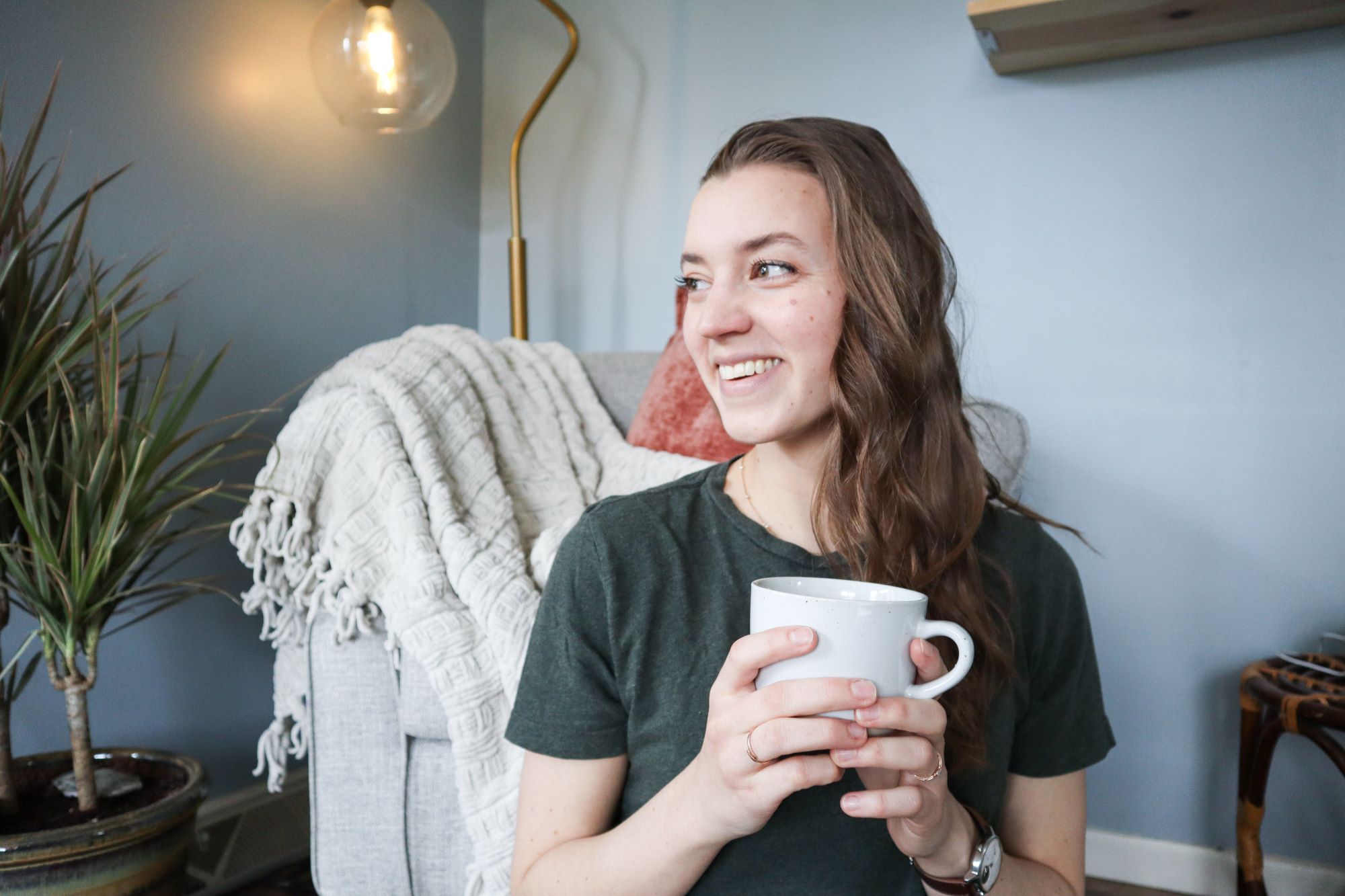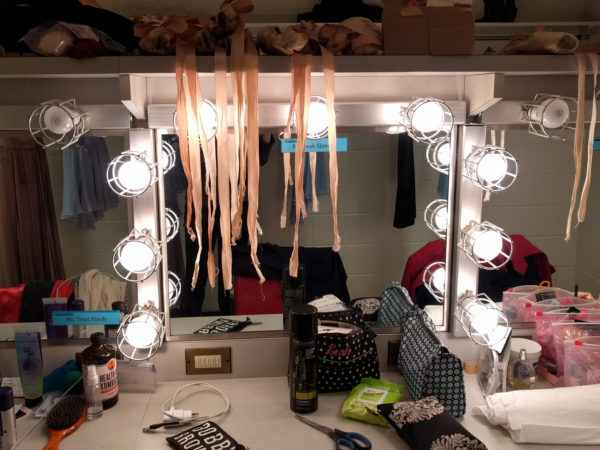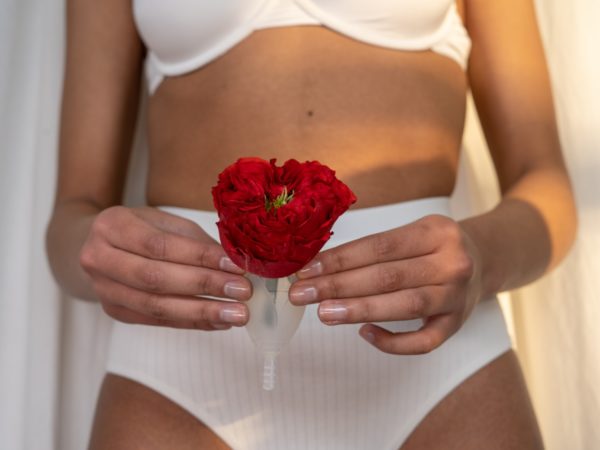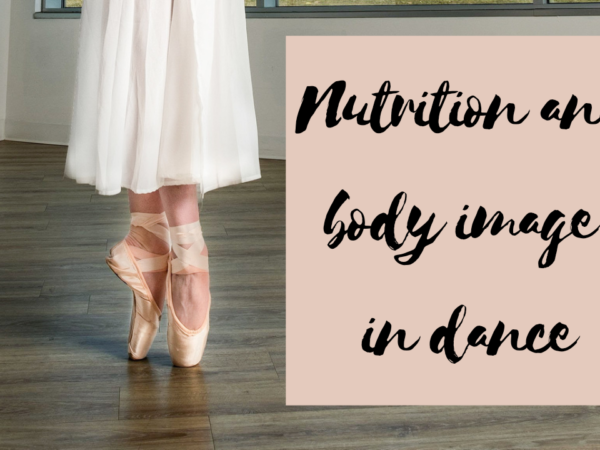When I talk to groups of dance students, I ask them to come up with some words or phrases that they would use to describe a healthy dancer. I get a lot of great answers like “vegetables”, “strong”, and “injury free”, and I use this exercise to point out that there are many different aspects that contribute to a dancer’s wellness. It’s not just nutrition or just physical ability and cross training that help a dancer be the best they can be. Dancer health encompasses physical as well as mental and emotional health, which is all wrapped up in a delicate balance. Taking care of how you view your body, your relationship with food, self-esteem and confidence, and overall happiness are just as important as working towards physical goals like increasing turnout or improving steps in a variation. Balancing wellness for the whole self allows for freedom to be expansive in the studio and on stage and also be able to have a life outside of dance.
What are the elements that contribute to the physical, emotional, and mental health of a dancer?
Obviously nutrition plays a significant role in our health. Food is what gives our body physical sustenance through calories, giving us energy to get through long days of dance and refuel our bodies after. Macronutrients and micronutrients support our body’s many functions like immunity, muscle function, recovery, fluid balance, and so much more. As I’ve mentioned many times, I am a huge advocate for an intuitive style of eating because it allows dancers to create a healthy relationship with food and with their body. It takes into account individuals’ different needs and preferences when it comes to nutrition, and allows the individual to ultimately listen to their body’s hunger cues, cravings, and signals. We build our foodscape by taking basic nutritional information and applying it to our own body and circumstances. You can find out more about intuitive eating and hunger cues here and here.

Sleep plays a huge part in our physical recovery by giving our muscles time to repair and by keeping inflammation in check, which ultimately decreases injury susceptibility. Sleep is also vital to our brain and memory function. It helps us stay alert and focused during class and rehearsals and gives us a greater capacity for energy and motivation. And let’s just be real for a second, we typically are in a much better mood when we aren’t sleep deprived. Achieving sleep health and regularity is a huge topic, but I just wanted to mention a few ideas to try when establishing a nighttime routine. Try to aim for a regular 7-8 hours of sleep at night, go to bed around the same time and wake up at the same time each day. Make sure your room is comfortable, dark, and cool, and reserve your bed for sleeping only. Limit caffeine during the afternoon and evening if that is something that affects you and also try to shut off screens a few hours before bedtime. Not all of these will be helpful for every person, but I would encourage you to try one or two if you are someone who struggles with sleep!
Rest and recovery, like sleep, allow our body and mind to repair and recharge. In an art form that is physically demanding, it is vital for dancers and students to take breaks from ballet and from all physical activity. It might feel counterintuitive to take time off, but it helps our bodies to find prolonged rest, helps us cope with stress and keeps us from getting burnt out. Recovery tools like epsom salt baths, rolling out, icing as needed, putting your feet up after a long day, can help your body recover during weeks of dance. Using days or even weeks of physical and mental breaks from dance can involve anything that you love doing that rejuvenates your body and mind. Some of mine include reading, baking, meditation, spending time outside, journaling, and talking with friends. Again, what allows you to rest is going to be personal and might be different from other dancers. These breaks help me to come out of intense ballet mode and bring me into just being. That way when I do go back to a full time dance schedule, I feel refreshed, ready, and excited to be back.
So, I know that we just talked about taking breaks and finding rest, but strategically incorporating movement can also help us live physically balanced lives in and out of the studio. I use the word “strategically” because it’s not about overdoing any physical activity, leading to exhaustion and overuse injuries. Accounting for times to rest, cross training can help dancers get stronger by working on the weaknesses we have in dance and helps us to even out our strength by focusing on muscles and movements we don’t use often in dance. During breaks away from the studio, exercise also helps us to keep our joints moving and muscles limber. Again, type of cross training will vary from dancer to dancer. Yoga, pilates, bodyweight exercises, weightlifting, and/ or some form of specific cardio are all options that use our bodies in different ways and for different physical needs. It is important to remember that cross training is a tool to help us in our dancing, not to be used in extreme or without purpose.
The last two areas contribute to our mental and emotional health more than to physical health. Dancers are usually creatives, many having passions and outlets outside of dance, which is an amazing thing. Having 100% time, energy, and focus into one thing, like dance, usually means that our feelings of success and accomplishment are limited to one thing. When we inevitably experience an injury, are laid off, or are just having an off day or week in dance, our inability to or frustration in dance gets tied to our worthiness, which lowers our self-esteem. We can find ourselves feeling lost because the one focus in our lives is now not what we want it to be. Having a creative or educational outlet, and even just having practices that spark joy, allow us to experience a sense of lightness when we are struggling with something in dance. For some, this might mean continuing their education, learning a new hobby, or exploring a different art form or different type of movement than what they are used to. For others, it might be just integrating daily or weekly practices that provide a sense of grounding. I love hiking, reading, writing, baking, journaling and traveling for that reason. Life experience helps us bring different approaches to dance, which ultimately contribute to building our own sense of artistry on stage. These outlets cultivate inspiration, motivation, and even gratitude in and outside of the studio.
Lastly, supportive relationships are important for our wellbeing and happiness. These can be friends, family, coworkers, neighbors, support groups, counselors, and significant others who give you the space to share your experiences and feelings. There is mutual support, encouragement, and understanding found in these relationships and reminds us that we are not alone. Being able to express what we are going through helps us reduce stress and anxiety, helps us to feel important, heard, and validated, and gives us a chance to listen to advice and outside perspectives to our situations. A supportive community in the audience, or on the other side of the phone or couch, makes the hard experiences a bit easier and celebrations feel even more special.
It takes time to find the practices that help balance your physical, mental, and emotional health as a dancer. But ultimately, your health and happiness are so much more important than achieving every role, promotion, and opportunity as a dancer. If you take care of your whole self and find balance in your training and your career, you might find the freedom to truly dance for yourself.




